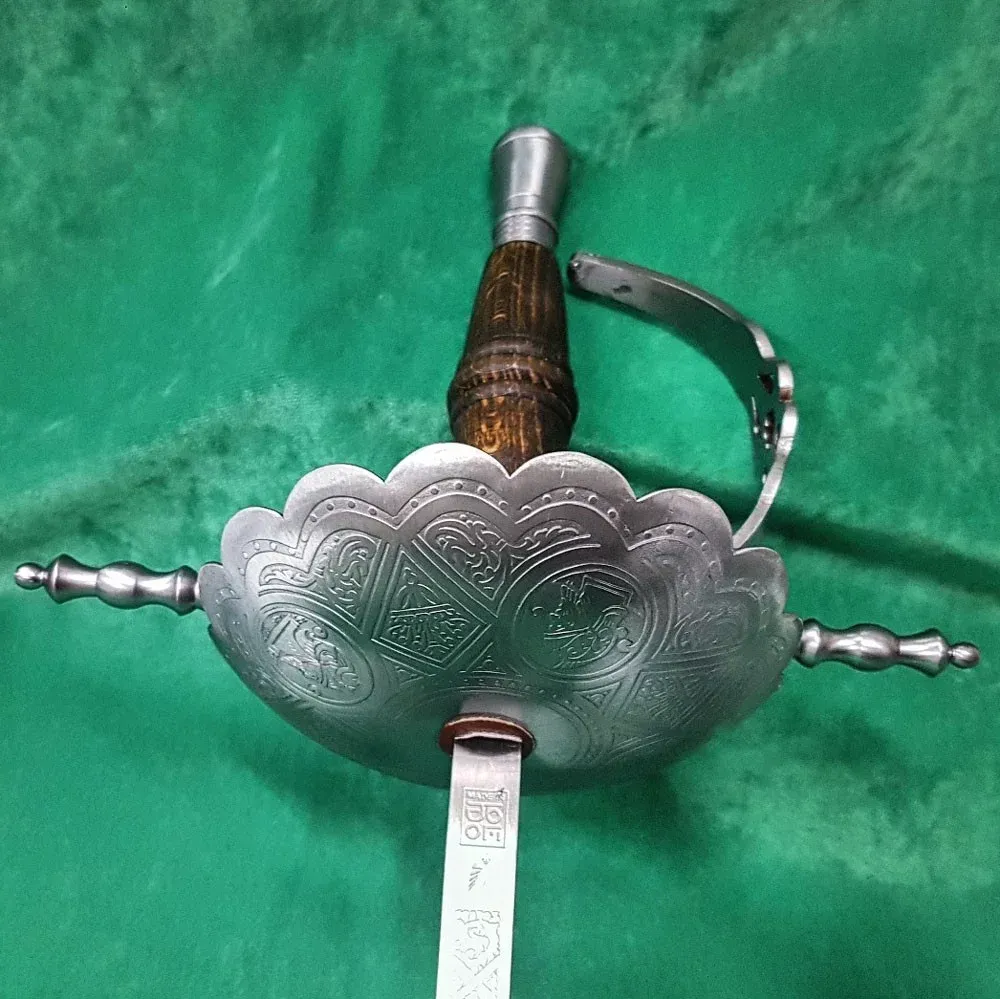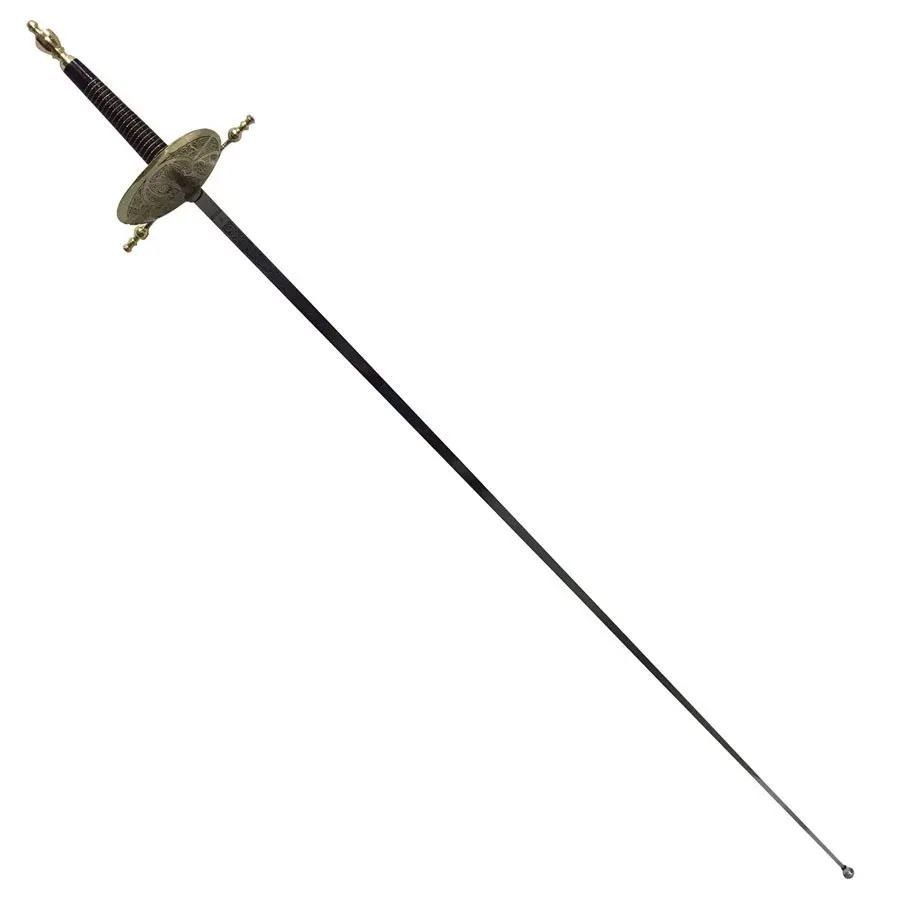What is a Foil?
The foil is one of the three emblematic weapons used in the sport of fencing, alongside the épée and the sabre. It is characterized by being a light and flexible weapon, designed to execute techniques of great precision and skill. Its use dates back to the 17th century, evolving from its historical roots to become one of the fundamental components of modern fencing.
Features of the Foil
- Length and Weight: With a length of 1.1 meters and a weight of less than half a kilogram, the foil is made of carbon steel and has a rectangular cross-section.
- Flexibility: This weapon is flexible, allowing for precise and technical execution, facilitating quick and controlled movements.
- Tip: The foil has a blunt tip designed solely for scoring points through direct contact. In electric scoring tournaments, the tip is equipped with a spring button, known for indicating touches with accuracy.
- Uniform: Fencers using the foil typically wear a lamé, an electrified vest that registers hits during competitions.

History of the Foil
- Origins: The foil emerged in the 17th century as a blunted weapon, with a flexible blade ending in a flower-shaped button. This structure allowed for the safe practice of simulated duels, minimizing the risk of injury.
- Modern Use: In France, during the 18th century, the foil became established as a training tool to refine fencing techniques with quick and subtle thrusts. Over time, it developed into one of the primary weapons of sport fencing.
Use in Competitions
- Scoring: In modern tournaments, electric scoring is essential to confirm valid touches. A system that includes a switch at the tip of the foil and the lamé vest verifies that contact has occurred on the valid target.
- Valid Target: The target area for the foil is focused exclusively on the torso, as historically, this region encompassed vital organs, making it a crucial point during duels to the death.

Categories and Age Groups
- Classifications: National fencing federations assign classifications based on specific systems, which determine the starting positions in the group rounds of tournaments.
- Age Groups: Fencers are divided into age categories such as Y10 (10 years or younger), Y12 (12 years or younger), Y14 (14 years or younger), cadet (16 years or younger), junior (19 years or younger), and senior (over 19 years). Veteran categories are also considered for those aged 40 and over.
Techniques with the Foil
The foil requires considerable technical skill and an agile mind. Maneuvers, such as parries and responses, demand speed and accuracy. In a competitive context, the priority of attack is of great importance. The attacking fencer maintains the advantage until met with a successful parry or counter.

| Category | Age |
|---|---|
| Y10 | 10 years or younger |
| Y12 | 12 years or younger |
| Y14 | 14 years or younger |
| Cadet | 16 years or younger |
| Junior | 19 years or younger |
| Senior | Over 19 years |
| Veterans | 40 years or older |
The foil stands out as an essential weapon in competitive fencing, promoting the development of precise and elegant techniques. Its history and characteristics have contributed to its prestige, making it a preferred choice for competitions as well as training for fencers of all ages.
















